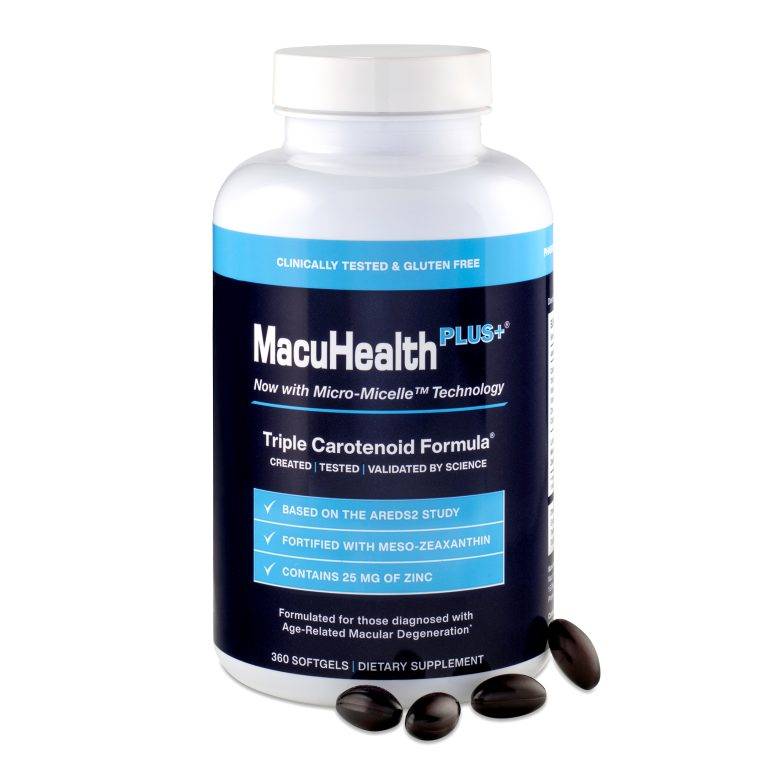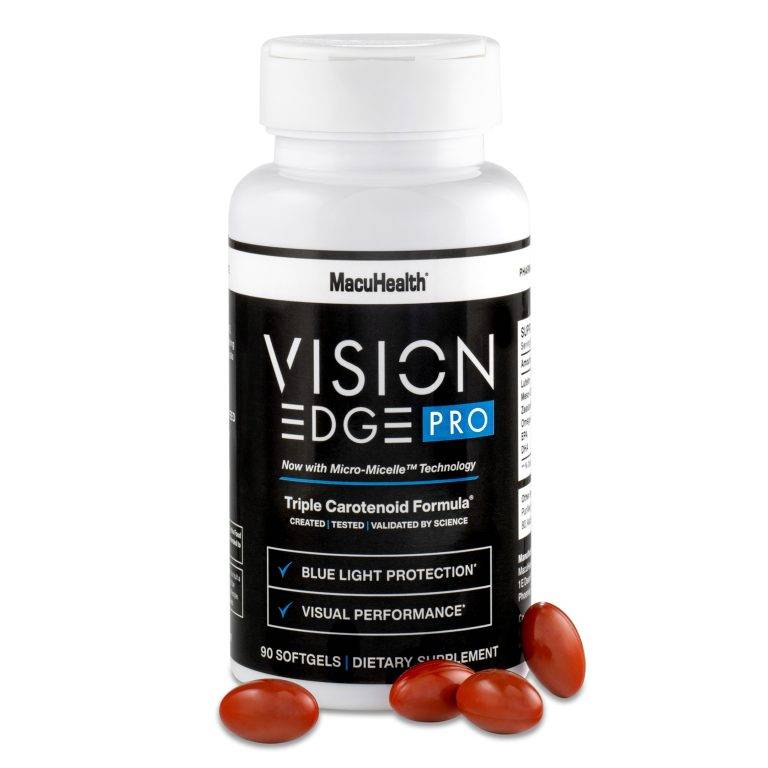
Written by MacuHealth
Reviewed by Jim Stringham, Ph.D.
A diagnosis of age-related macular degeneration (AMD) can be a shock. But after that feeling goes away, a fear of the unknown lingers. Many with the disease believe that having an AMD diagnosis means their independence will end, and they’ll lose control of their lives.
AMD is a progressive disease. Although it can lead to distortions in eyesight and central vision loss, “the majority of [AMD] patients will not lose vision,” stated Dr. Peter Kaiser of the Cole Eye Institute at the Cleveland Clinic on the podcast Retina Health for Life.
The condition does affect everyone differently. While there is currently no cure for this disease, you can adapt your life to its symptoms. We’ll share what you can expect when diagnosed with AMD and illustrate how it doesn’t have to change your quality of life.
It’s essential to learn what AMD is before we understand how it affects you. The disease causes one’s central vision to erode, and there are two stages: dry and wet. Dry Macular Degeneration, or early AMD, is characterized by the accumulation of debris and mild deterioration of the macula, located in the center of the retina.
Wet Macular Degeneration, or late-stage AMD, is so named because of the leaky blood vessels that occur underneath the macula and in the back of the eye, possibly leading to sub-retinal swelling, retinal damage and central visual blindness.
Some symptoms you might experience are:
While these symptoms are frustrating, many patients can usually go about their typical day. Adapting to AMD involves some simple adjustments to ensure visual performance. For dry AMD patients, this includes using brighter lighting throughout the house and that objects, such as light switches, have high contrast from their backgrounds. For later stages of the disease, reading from large-print books and maintaining clear navigation paths around the house may be necessary.
When patients receive their AMD diagnosis, they often wonder if there’s anything they can do to restore their vision. Although there are a few ways to slow (or perhaps even stop) the progression (see below), unfortunately, AMD is mostly irreversible. When the disease is in its dry form, a material called drusen forms under the macula. This substance is what causes central vision to worsen, leading to atrophy in the retina. Around 10 to 15 percent of dry AMD patients will progress to the more severe wet stage of the disease, causing further damage and vision loss.
Sadly, AMD symptoms won’t go away. But managing them doesn’t have to be a challenge. Here are some ways to make life with AMD easier.
It may seem obvious, but regular appointments with your optometrist for an exam will give you an idea of how your condition is progressing or if your doctor needs to intervene with special treatment. Eye care professionals have many tools to track AMD, such as OCT, Dark Adaptation testing, and special photography (called “Fundus Photography”). These tools are vital in maintaining as much of your sight as possible.
Your eye doctor may also have you look at an Amsler grid, a series of straight horizontal and vertical lines. If the lines appear wavy, this can help gauge the disease’s progress from dry AMD to the wet stage. Your doctor can keep you updated on new procedures and even recommend some in-house treatments, such as laser therapy or vision aids, that can enhance your eyesight.
As your doctor learns more about the latest AMD news, you can do some research on your own (research is what likely led you to our site). There are numerous reputable sources at your fingertips. Not only will reading up on the disease help you learn how to manage it better, but you may also feel something you haven’t felt since you received your diagnosis: hope.
In addition to your eye doctor, you’ll need the support of friends and family to help you adapt to AMD. Share with them what you are going through and encourage them to learn about the disease to help them understand how it affects you. To boost your mental well-being, search for online support groups on social networks and websites to help answer any questions your doctor might be unable to.
Exciting new research suggests nutrition plays a critical role in battling AMD. Adding more fruits and vegetables to your diet will boost your mood. They’re also rich in antioxidants, including carotenoids – specifically Lutein, Zeaxanthin, and Meso-Zeaxanthin – which are particularly effective. They’re clinically proven to replenish macular pigment levels and improve vision in AMD patients. They also protect the eyes from harmful blue light from sunlight and electronic devices.

Formulated by scientists and clinically proven to support eye health for both healthy and diseased eyes.

Based on the AREDS2 formula with 10 mg of Meso-Zeaxanthin and reduced levels of zinc for the ultimate defense against AMD.

Created for those wanting to protect against blue light and improve visual performance for everyday maintenance.

Sourced from small, open-water catch fish from the coast of Chile, TG Omega-3 provides customized dosing for patient specific needs.